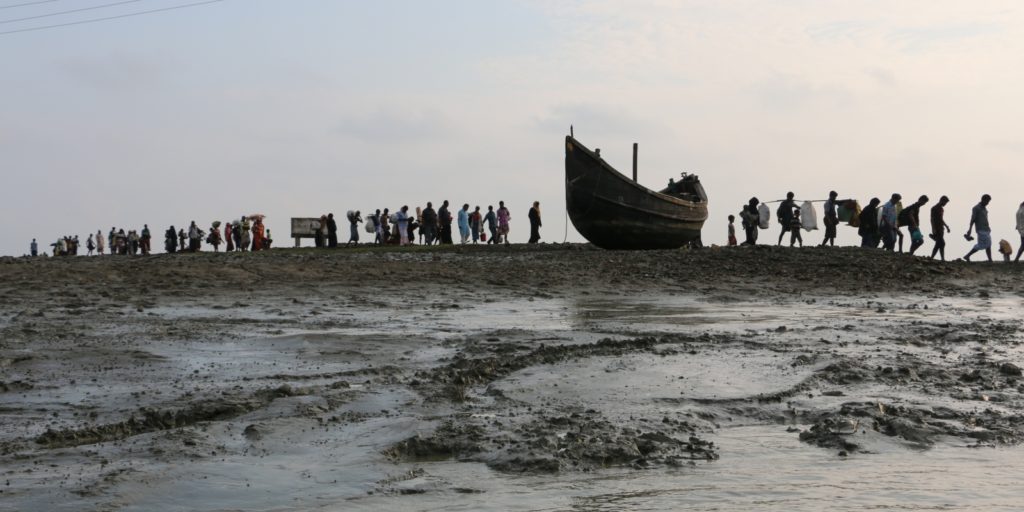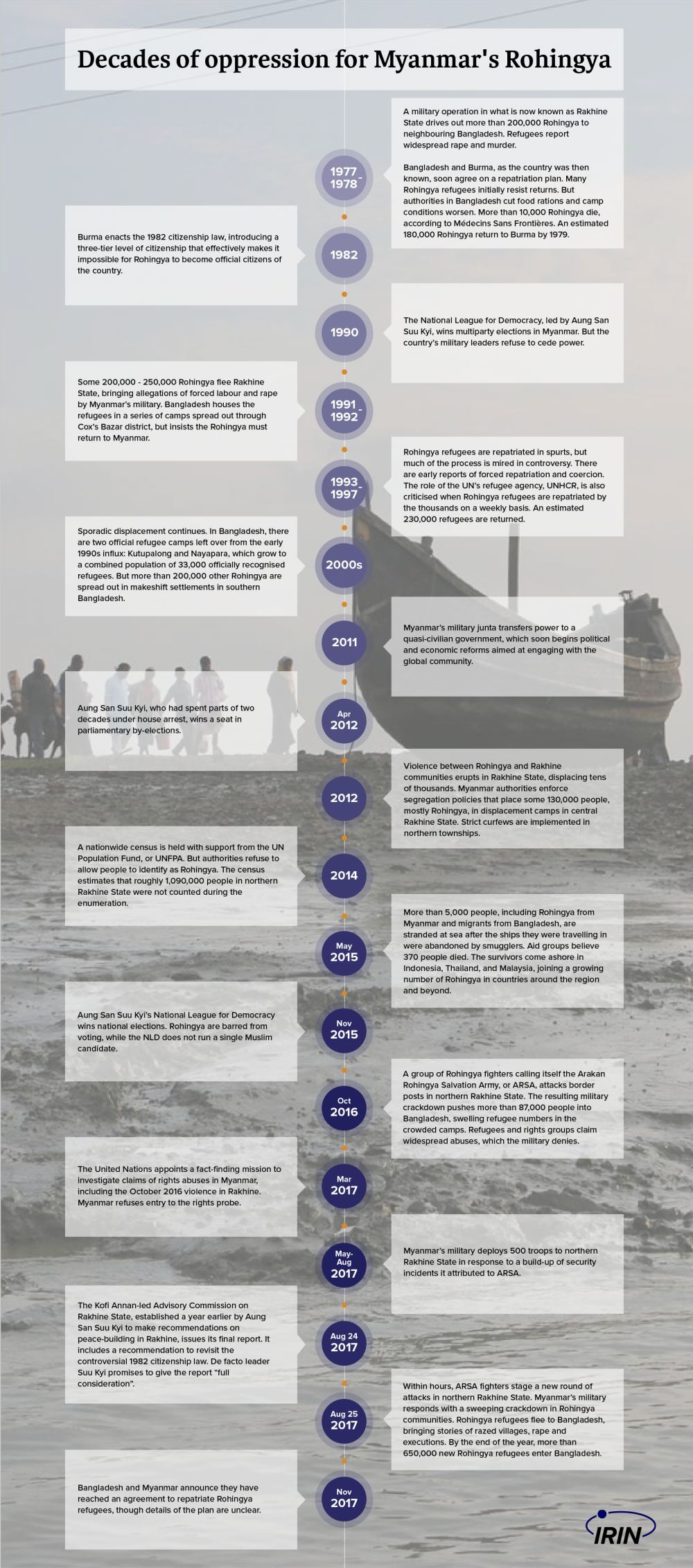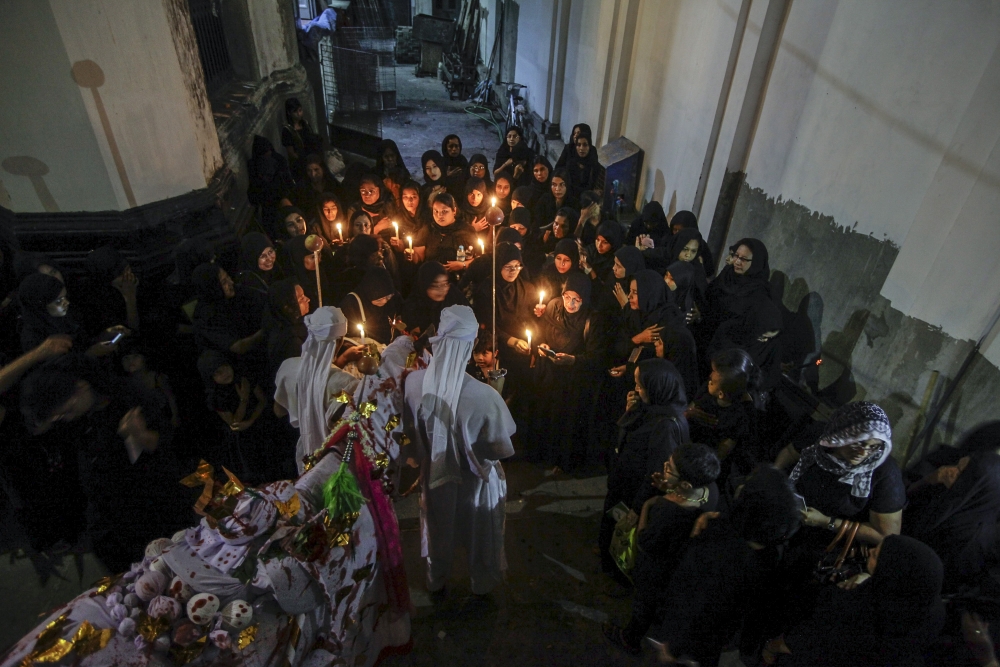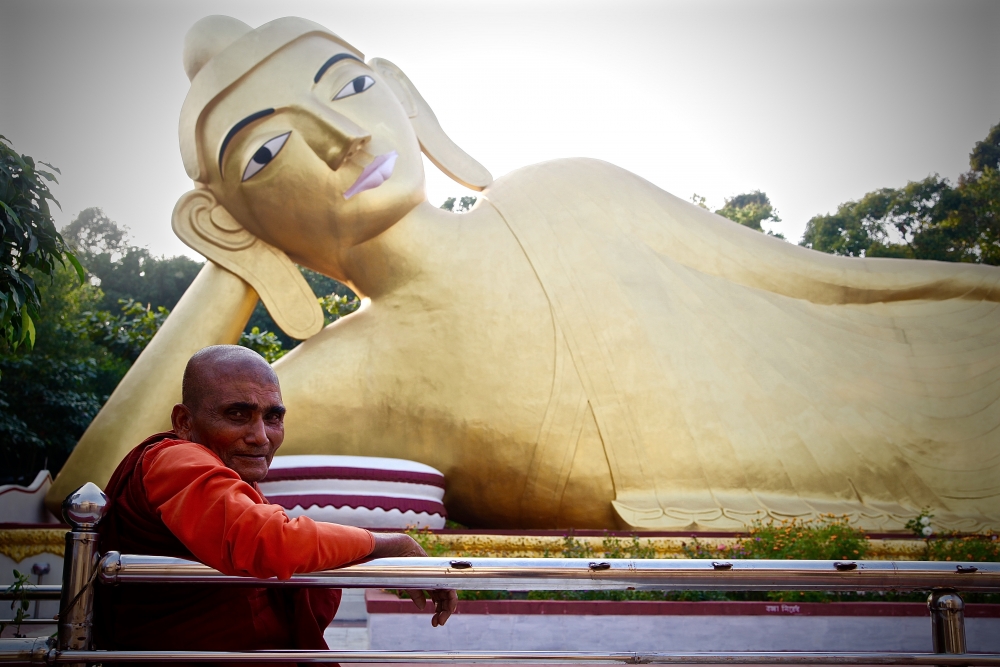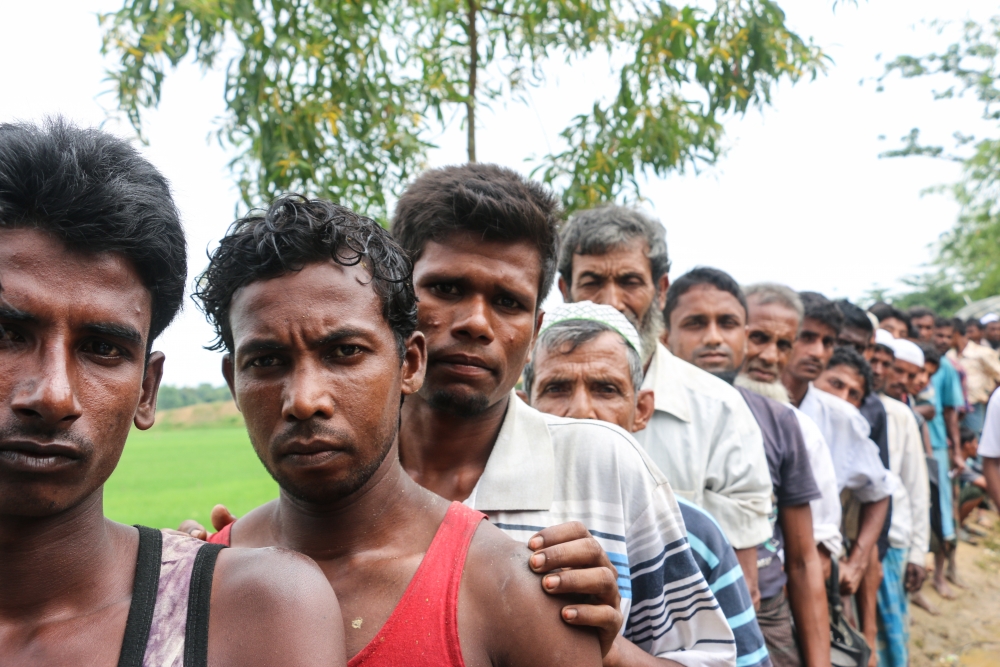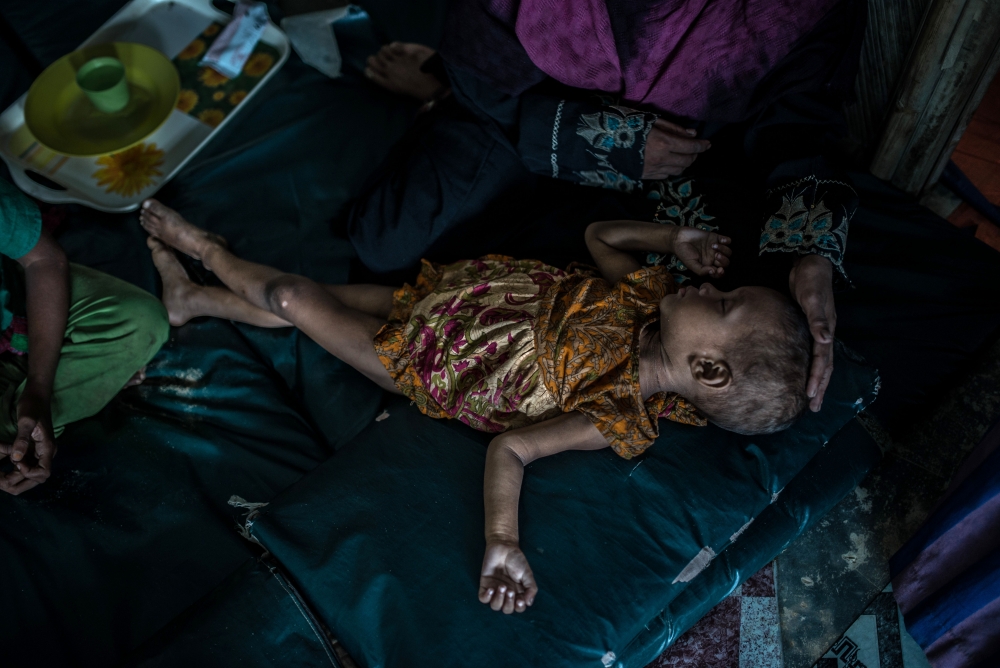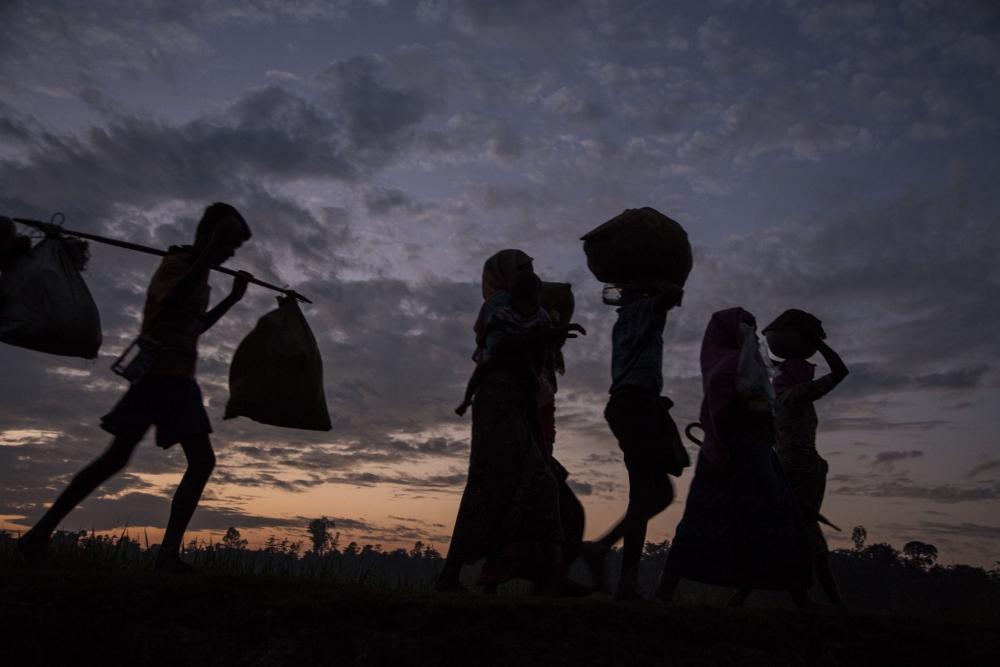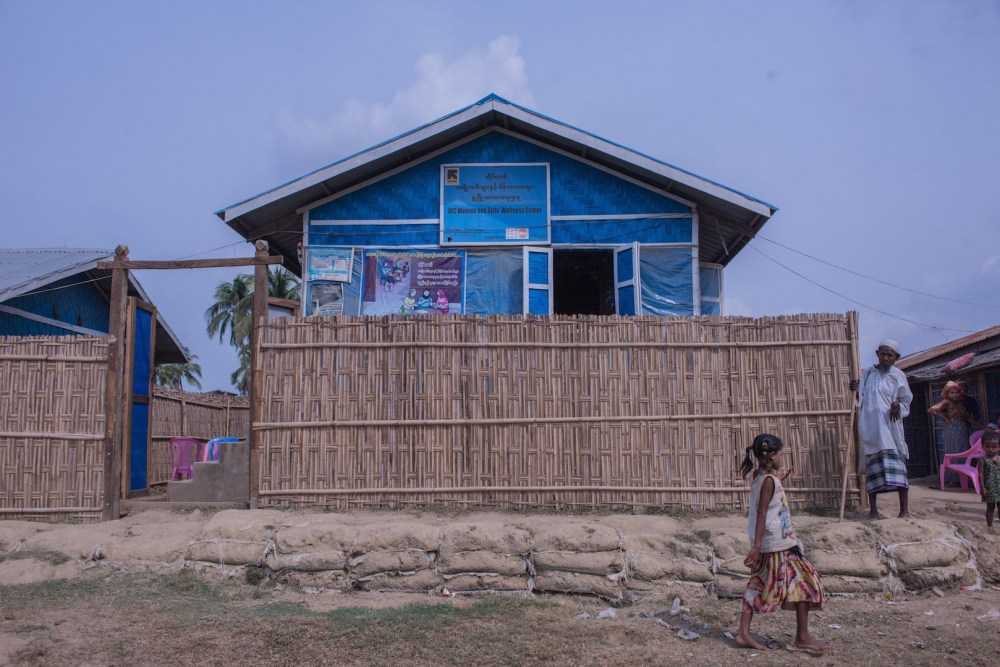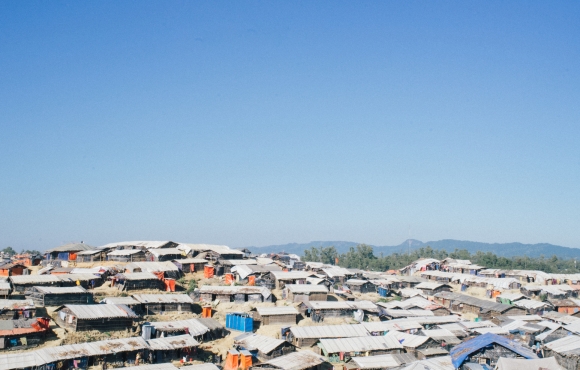The Denied Oppression of Myanmar’s Rohingya People
ASIA--PACIFIC, 1 Jan 2018
IRIN – TRANSCEND Media Service
An explosion of violence has driven hundreds of thousands of Rohingya out of Myanmar. The continuing exodus is the culmination of decades of oppression and hostility that have stripped Rohingya of their rights, denied them an identity, and forced them from their homes. What comes next for one of the world’s most persecuted minorities?
25 Dec 2017 – The official line is that Myanmar security forces have not committed abuses against the Rohingya. Yet, nearly one million Rohingya are now thronged together in ramshackle refugee camps and settlements in Bangladesh.
Since August 2017, hundreds of thousands of Rohingya have surged out of Myanmar. They’ve brought with them stories of burning villages, rape, and executions at the hands of Myanmar’s military and their ethnic Rakhine neighbours.
Myanmar’s military says it has committed no abuses – that its counter-insurgency operations were targeting a Rohingya militant group that staged attacks on security posts. Myanmar’s political leaders have rejected charges of ethnic cleansing but blocked UN attempts to investigate. And the country as a whole has rallied around de facto leader Aung San Suu Kyi and, paradoxically, a military once widely despised during its own decades-long junta rule.
But the origins of oppression and animosity against the Rohingya are deeply buried. The Rohingya are a Muslim group with roots that stretch back hundreds of years in western Myanmar, in what is now called Rakhine State, on the frontier with Bangladesh.
Decades of policy stripped them of citizenship and enforced an apartheid system where Rohingya were isolated, marginalised, and, finally, driven away. It’s a situation that sits well with many in Myanmar who consider the Rohingya to be illegal immigrants from Bangladesh.
Now, rights groups say hundreds of Rohingya villages in northern Rakhine have been torched, razed, and emptied. Remaining Rohingya elsewhere in the state live in fear, cut off from society in isolated villages or barricaded camps.
Across the border in Bangladesh, once-temporary refugee camps now have the population of a bustling city, but little of the basic infrastructure. Hundreds of thousands more Rohingya are in Malaysia, India, Pakistan, Saudi Arabia, and beyond; many Rohingya no longer have a home, but the diaspora stretches around the world.
Click on the links below to read each story:
Bribes and bureaucracy: Myanmar’s chaotic citizenship system
The roots of today’s anti-Rohingya violence begin and end with a simple question: Who has the right to be a citizen of Myanmar?
**************************************
The roots and risks of Myanmar’s new Rohingya insurgency
The view that Rohingya are recent settlers from Bangladesh is widely shared in Myanmar, but it’s based on a false history. Even so, the differences between citizenship policies in Myanmar and Bangladesh are striking.
*********************************************
Rohingya refugees overwhelm aid groups in Bangladesh
Streams of tired refugees, tents in mud-soaked fields, and a baby with a bullet wound: scenes from a swelling refugee camp at the breaking point.
***********************************************
Malnutrition stalks Rohingya refugees in Bangladesh
A city-sized refugee camp emerges in a few short weeks, leaving aid workers scrambling to keep pace.
*******************************************
In Bangladesh refugee camps, the nascent Rohingya insurgency commands support and sows fear
Even after fleeing Myanmar, Rohingya refugees find themselves caught between militants and the military.
*****************************************
UN, aid groups debate Myanmar internment plan for Rohingya refugees
Bangladesh wants to send Rohingya refugees back to Myanmar. That leaves aid groups with an urgent dilemma.
**********************************************
A disaster within a disaster: cyclone fears in fragile Rohingya camps
20 December 2017 – In monsoon season, the Rohingya camps in Bangladesh are an accident waiting to happen
_________________________________________________
 IRIN delivers unique, authoritative and independent reporting from the frontlines of crises to inspire and produce a more effective humanitarian response. After 19 years of award-winning humanitarian news and analysis, IRIN, originally the “Integrated Regional Information Networks“, left the United Nations in January 2015 to relaunch as an independent, non-profit media venture. We have been providing ground reporting on humanitarian crises in a way nearly no other institution does. Outside the UN, we are even better positioned to play this critical role, drawing on the expertise, networks and credibility we have developed, and combining them with increased reach, a more innovative approach and a sharper voice.
IRIN delivers unique, authoritative and independent reporting from the frontlines of crises to inspire and produce a more effective humanitarian response. After 19 years of award-winning humanitarian news and analysis, IRIN, originally the “Integrated Regional Information Networks“, left the United Nations in January 2015 to relaunch as an independent, non-profit media venture. We have been providing ground reporting on humanitarian crises in a way nearly no other institution does. Outside the UN, we are even better positioned to play this critical role, drawing on the expertise, networks and credibility we have developed, and combining them with increased reach, a more innovative approach and a sharper voice.
DISCLAIMER: The statements, views and opinions expressed in pieces republished here are solely those of the authors and do not necessarily represent those of TMS. In accordance with title 17 U.S.C. section 107, this material is distributed without profit to those who have expressed a prior interest in receiving the included information for research and educational purposes. TMS has no affiliation whatsoever with the originator of this article nor is TMS endorsed or sponsored by the originator. “GO TO ORIGINAL” links are provided as a convenience to our readers and allow for verification of authenticity. However, as originating pages are often updated by their originating host sites, the versions posted may not match the versions our readers view when clicking the “GO TO ORIGINAL” links. This site contains copyrighted material the use of which has not always been specifically authorized by the copyright owner. We are making such material available in our efforts to advance understanding of environmental, political, human rights, economic, democracy, scientific, and social justice issues, etc. We believe this constitutes a ‘fair use’ of any such copyrighted material as provided for in section 107 of the US Copyright Law. In accordance with Title 17 U.S.C. Section 107, the material on this site is distributed without profit to those who have expressed a prior interest in receiving the included information for research and educational purposes. For more information go to: http://www.law.cornell.edu/uscode/17/107.shtml. If you wish to use copyrighted material from this site for purposes of your own that go beyond ‘fair use’, you must obtain permission from the copyright owner.
